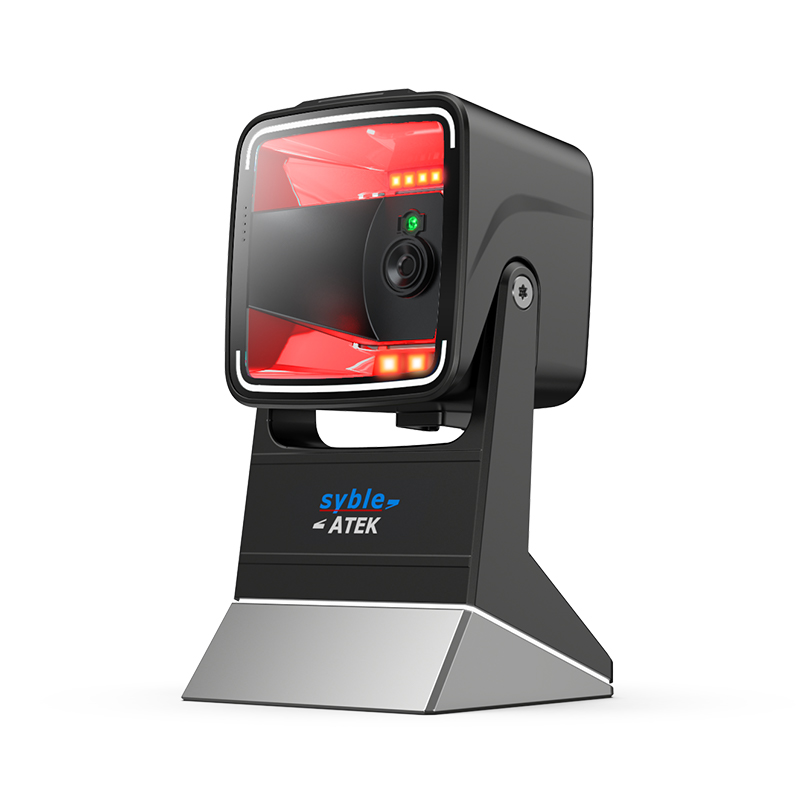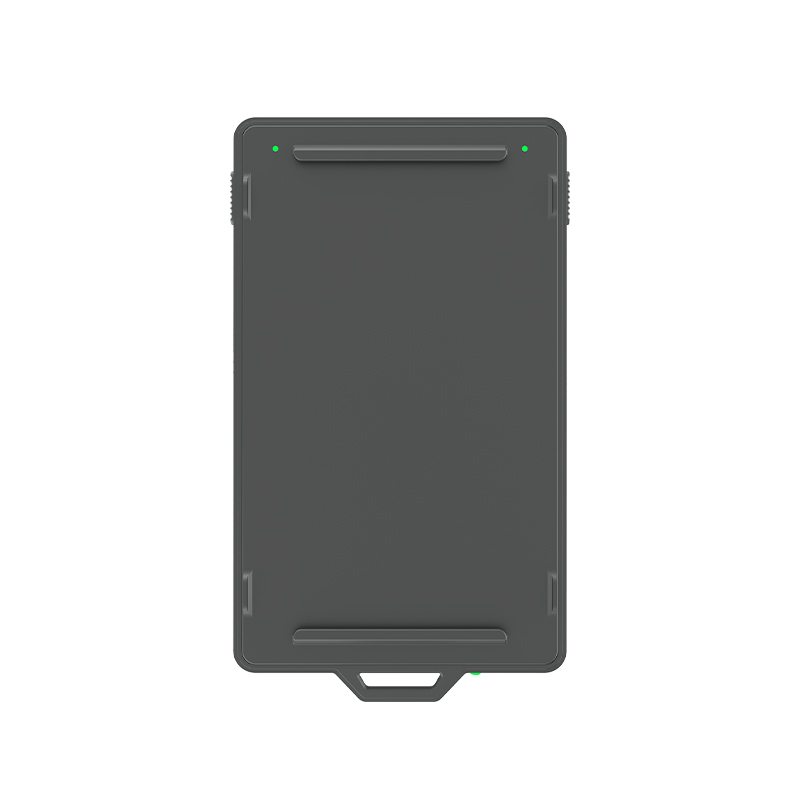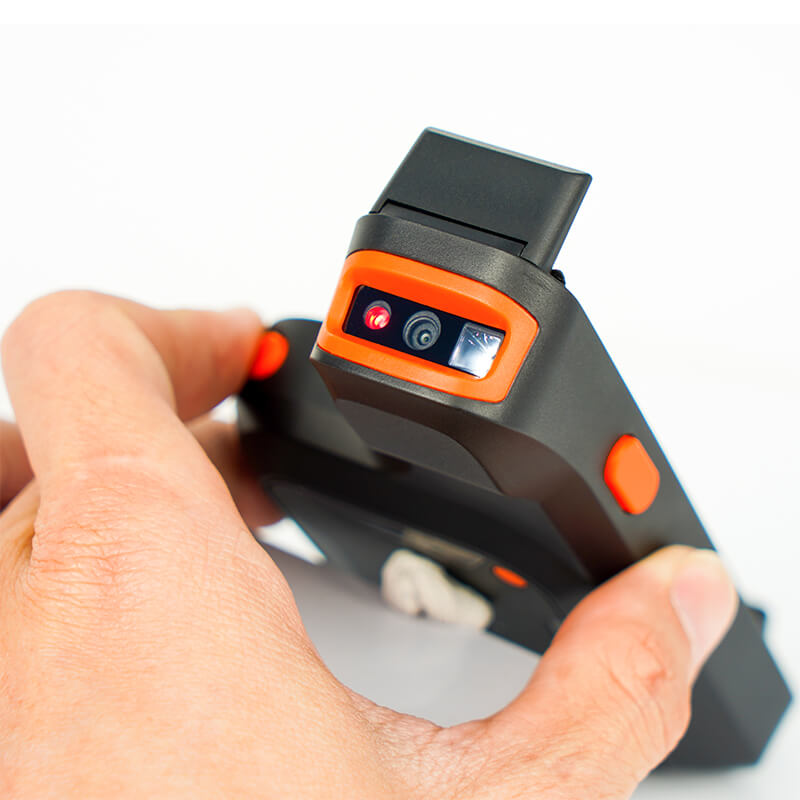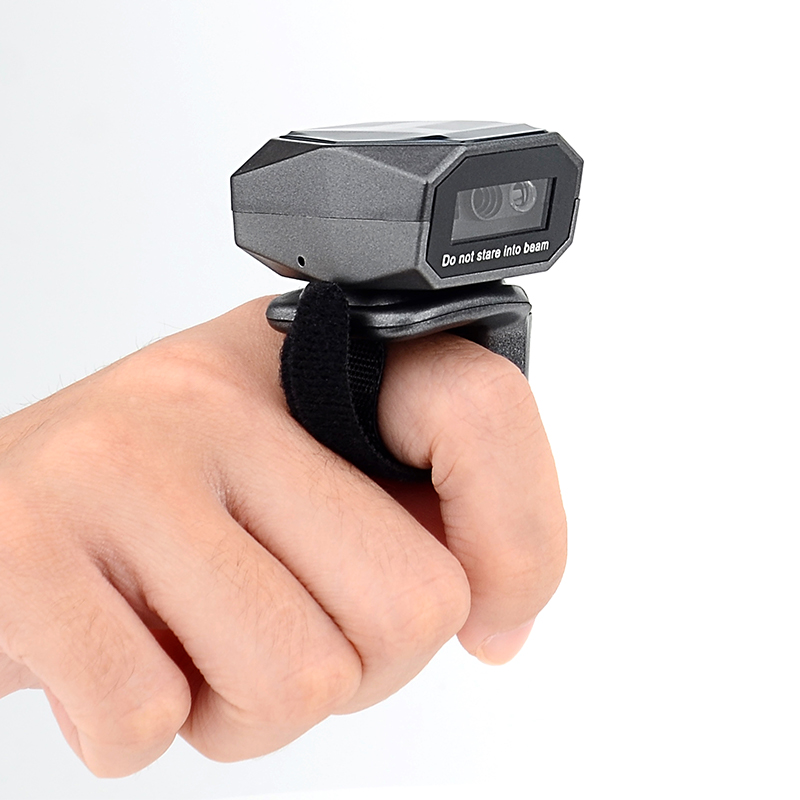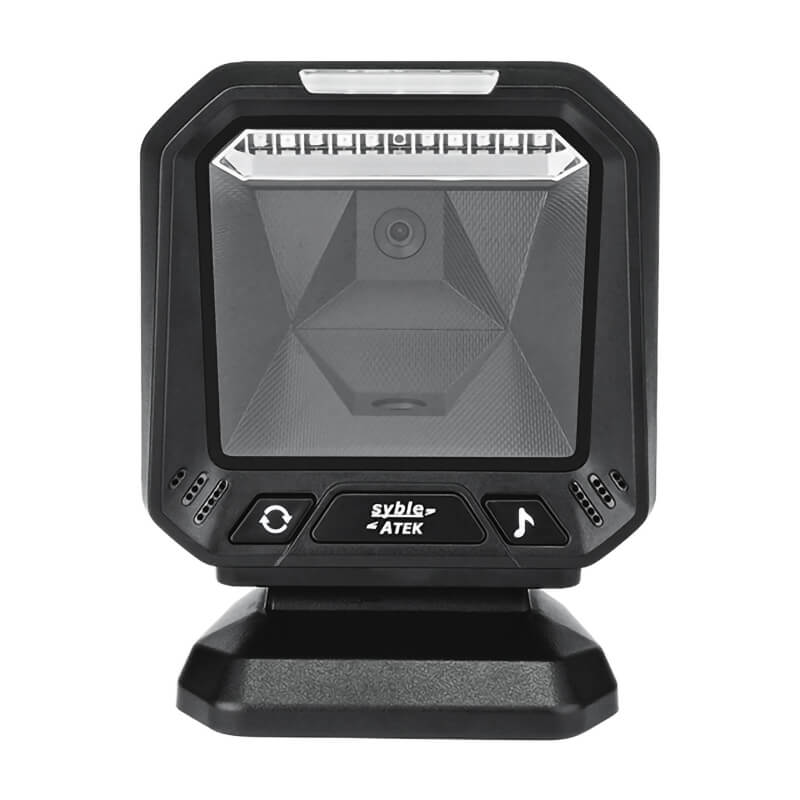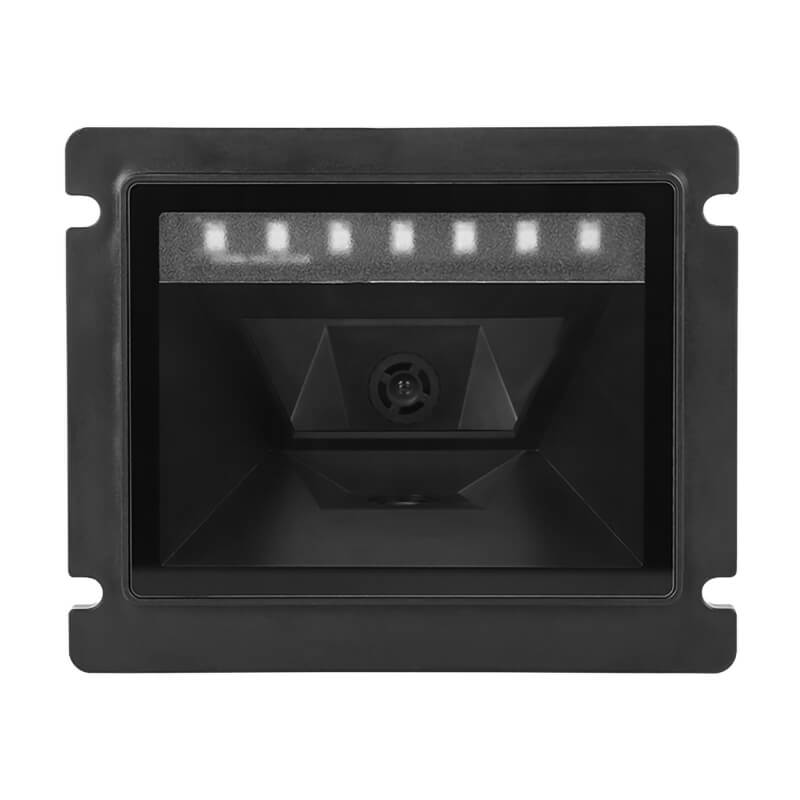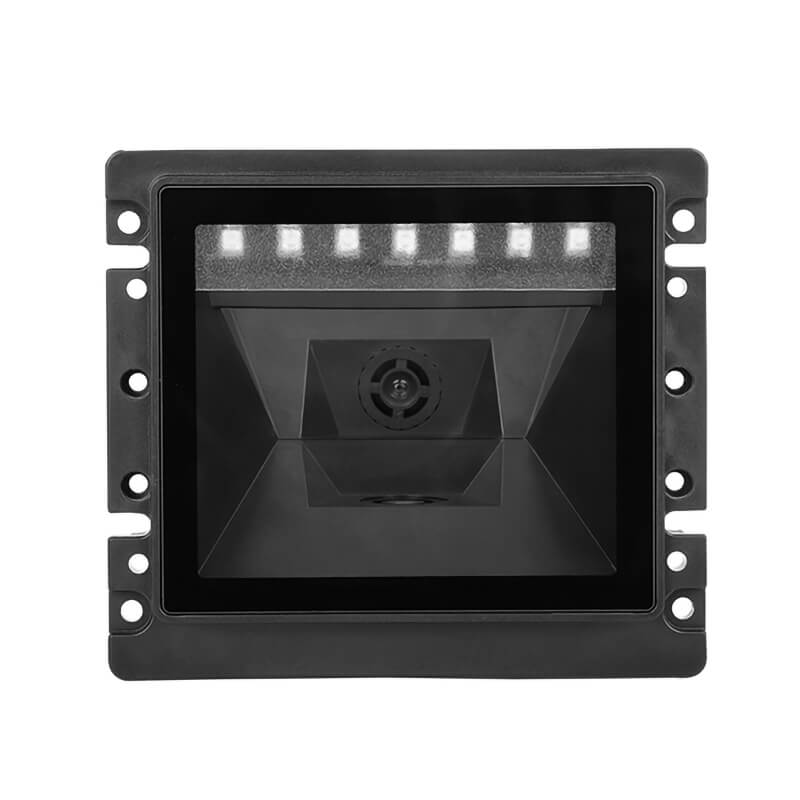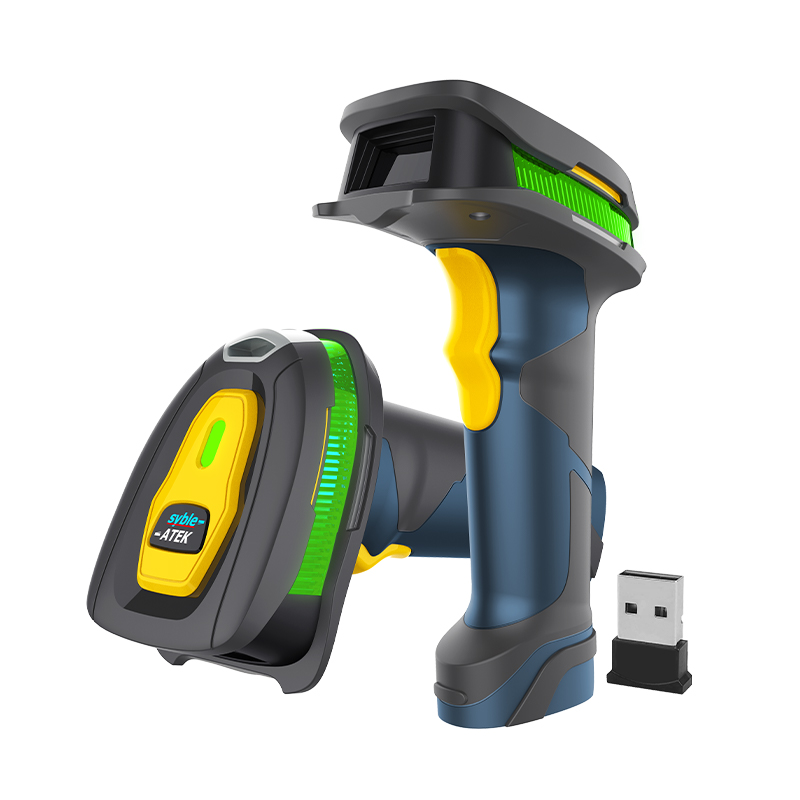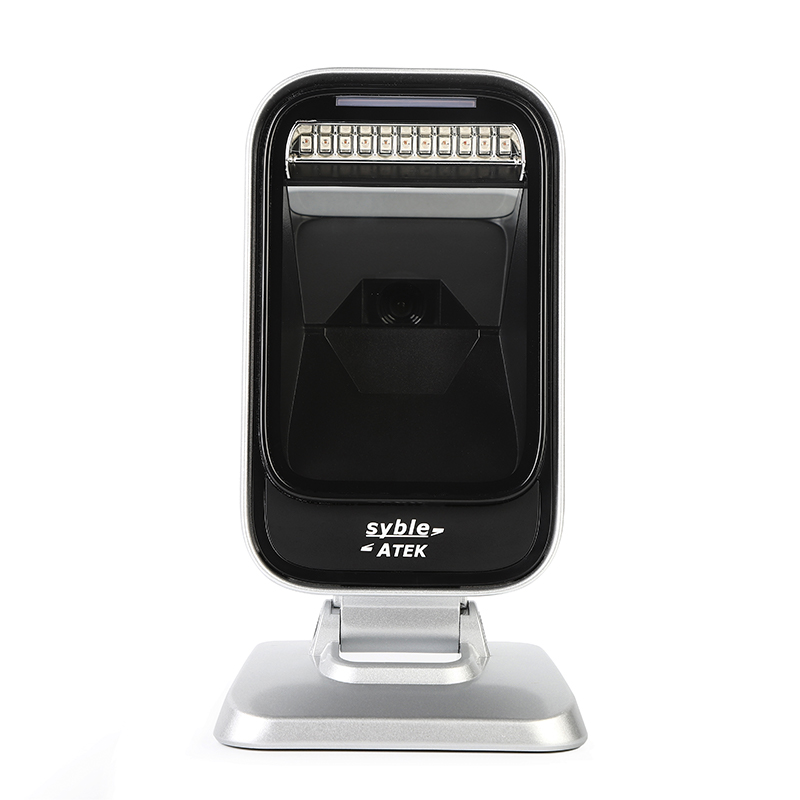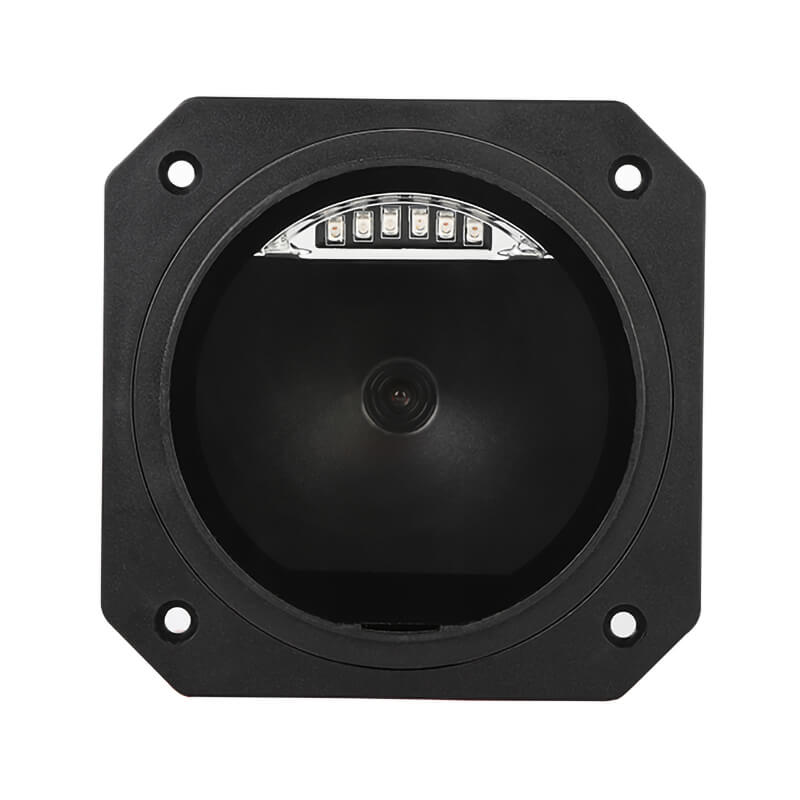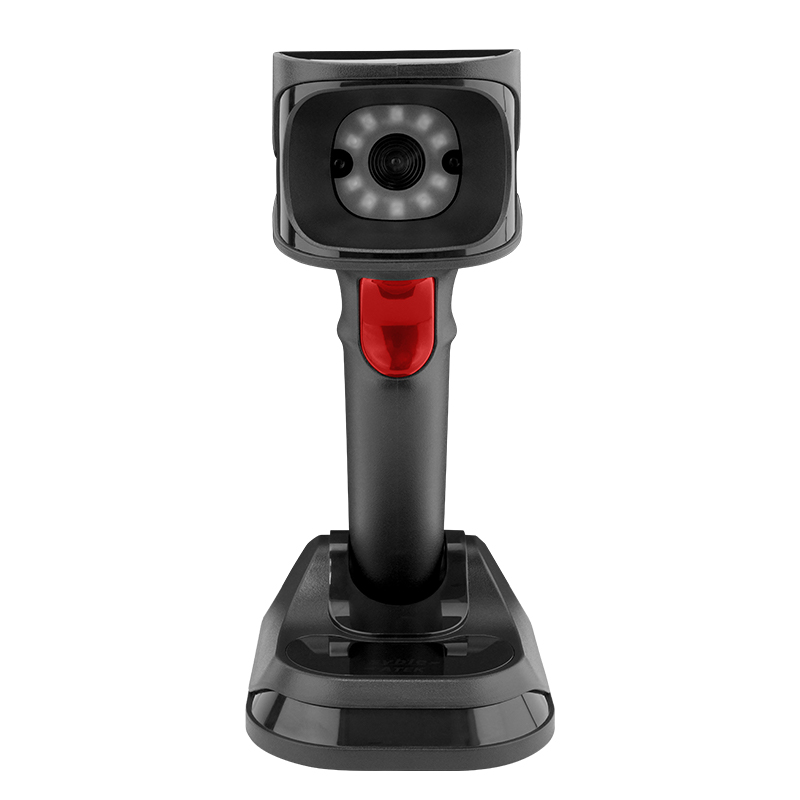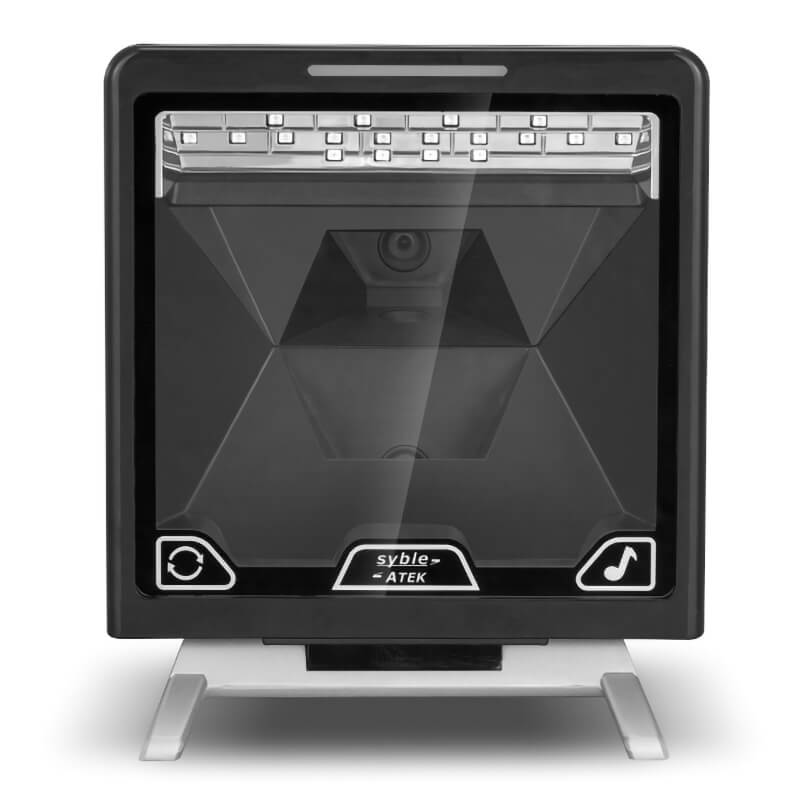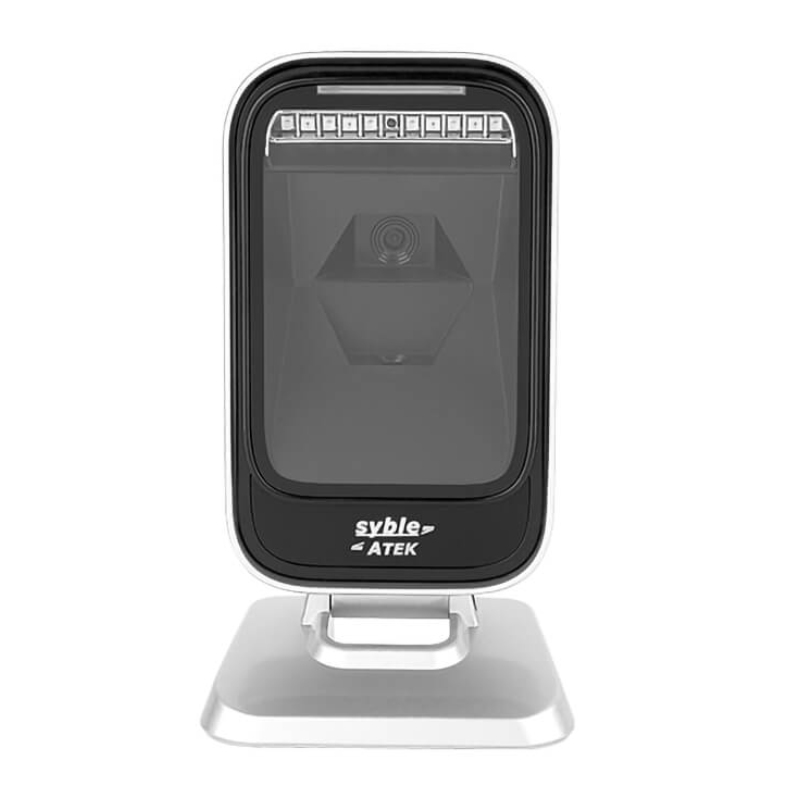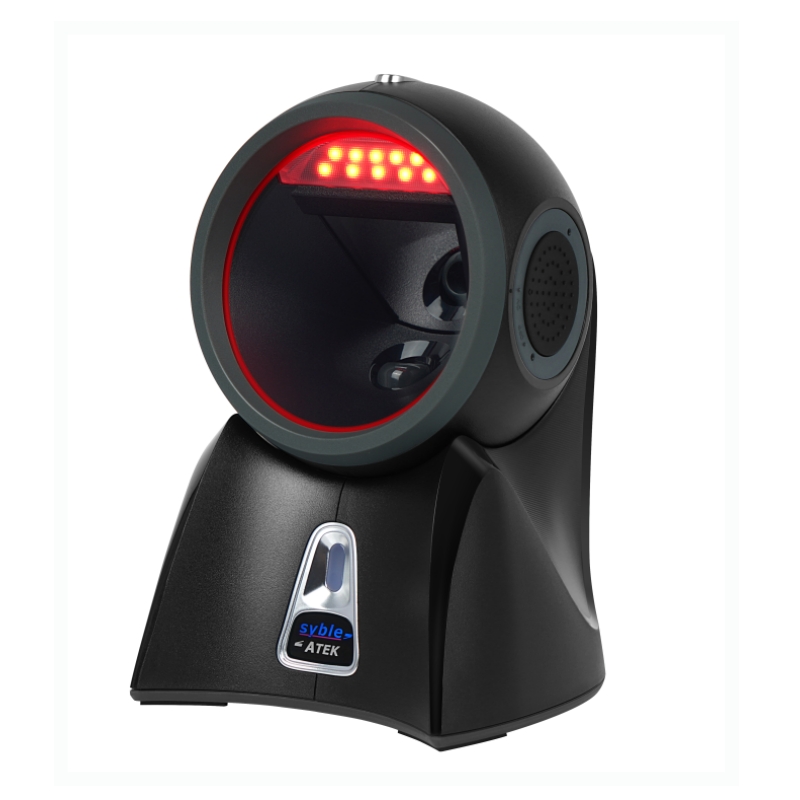When comparing the accuracy of smartphone barcode scanners and traditional handheld scanners, several factors come into play, including scanning technology, user experience, environmental conditions, and barcode quality.
1. Scanning Technology
Traditional Handheld Scanners: These scanners use laser or CCD (Charge-Coupled Device) technology, which is specifically designed for barcode reading. They are highly effective at reading barcodes quickly and accurately, even when the barcodes are damaged or poorly printed.
Smartphone Barcode Scanners: These rely on the phone's camera and software to read barcodes. While modern smartphones have advanced cameras, they may still struggle with barcodes that are not well-lit or are at an angle.
2. User Experience
Traditional Handheld Scanners: These devices are often plug-and-play and require minimal training. They are designed specifically for scanning, making them user-friendly for tasks like inventory management and point-of-sale operations.
Smartphone Barcode Scanners: While they can be more intuitive due to familiar smartphone interfaces, they may require some training to achieve optimal scanning performance. Additionally, the reliance on a phone's camera can introduce variables that affect accuracy.
3. Environmental Factors
Traditional Handheld Scanners: These scanners are robust and can function well in a variety of environments, including low light or high glare. They are often designed to withstand industrial conditions.
Smartphone Barcode Scanners: These can be sensitive to environmental conditions such as lighting and glare, which may lead to inconsistent performance.
4. Barcode Quality
Traditional Handheld Scanners: Generally better at reading poor-quality barcodes, such as those that are smudged, torn, or crinkled.
Smartphone Barcode Scanners: May struggle with low-quality barcodes, especially in less-than-ideal lighting conditions.
5. Cost and Maintenance
Traditional Handheld Scanners: Require a higher initial investment for specialized hardware but tend to have a longer lifespan and require less maintenance.
Smartphone Barcode Scanners: Have a lower initial cost since they can be installed on existing smartphones or tablets. However, they may incur expenses in the form of smartphones, maintenance, and updates.
6. Portability
Traditional Handheld Scanners: Less portable and often tied to specific workstations or areas within a facility.
Smartphone Barcode Scanners: Highly portable as they can be installed on personal devices that employees already carry.
7. Feature Set
Traditional Handheld Scanners: Focus on scanning efficiency and may lack the ancillary features found in mobile apps.
Smartphone Barcode Scanners: Can include additional features such as GPS tracking, camera functionality, and easy data sharing.
Conclusion
While smartphone barcode scanners offer flexibility and potential cost savings, traditional handheld scanners still lead the way in terms of raw accuracy and reliability.


